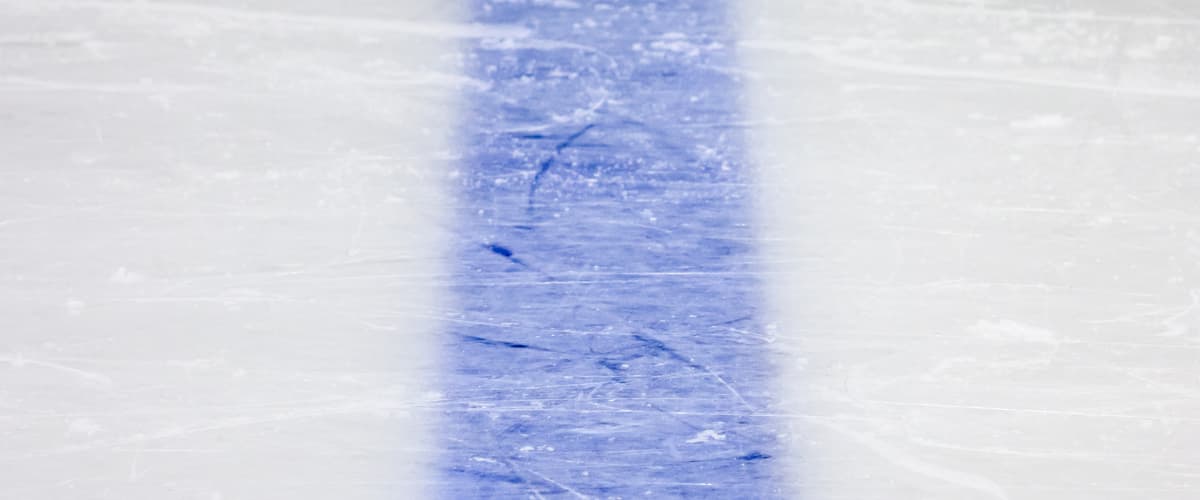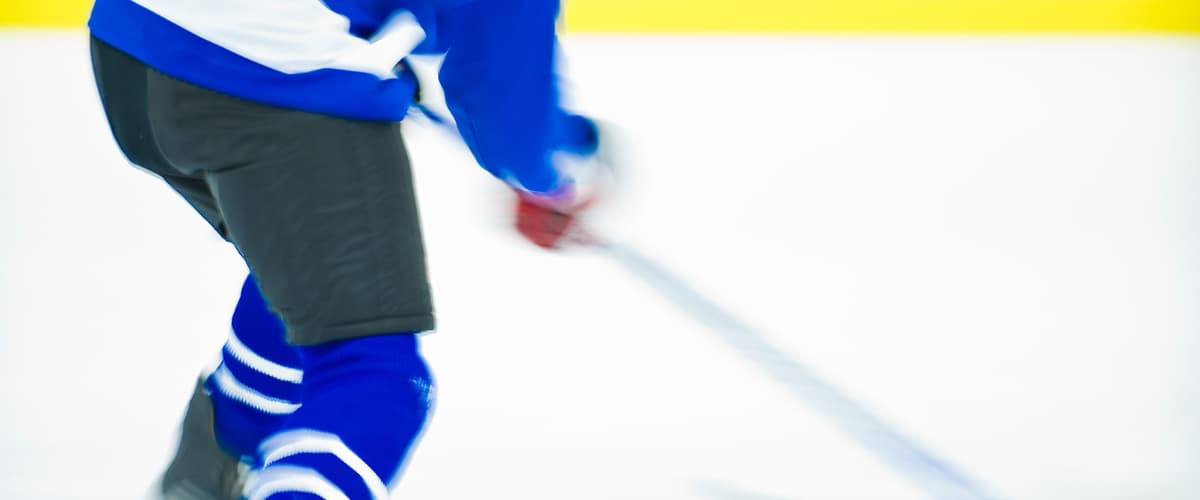Understanding Offsides in Hockey: A Simple Friendly Guide
Are you new to the world of hockey and trying to understand the concept of offsides? Or are you a seasoned fan looking for a refresher on this crucial rule? Look no further, as I’m here to provide you with a simple and friendly guide to understanding offsides in hockey.
Offsides can be a complicated rule to grasp, but once you understand how it works, it can greatly enhance your appreciation of the game. In this guide, we’ll break down the basics of the rule and explore how it contributes to fair play.
Key Takeaways:
- Offsides is a crucial rule in hockey that helps maintain fairness and prevent teams from gaining an unfair advantage.
- Understanding the concept of offsides can greatly enhance your enjoyment and appreciation of the game.
- Offsides occurs when an attacking player enters the offensive zone ahead of the puck.
- The defending team can stop play and the faceoff takes place outside the offensive zone.
- At least one player’s skate must be on or behind the blue line when the attacking team gains possession of the puck, before the puck crosses the blue line.
What is Offsides in Hockey?
In hockey, offsides occurs when an attacking player enters the offensive zone ahead of the puck. The offensive zone is the area on the opponent’s side of the red line.
To ensure fair play, rules are in place to prevent attacking players from gaining an unfair advantage. This rule is known as offsides. If a player deliberately violates the offsides rule, an intentional offside penalty is called.
The attacking zone is also known as the offensive zone. This is the area between the blue line and the opponent’s goal line. In this zone, the attacking team has the right to make plays and score goals.
Understanding the concept of offsides is essential to appreciating and analyzing the game. By knowing the rules, including the offensive zone, attacking player, attacking zone, and intentional offside, fans can fully engage with the sport.

How Does Offsides Work?
In hockey, the defending team’s objective is to prevent the opposing team from scoring a goal. When the offensive players cross the red line and enter the opponent’s side of the rink, the defending team must work to take control of the puck and prevent the offensive players from scoring.
The offsides rule is in place to ensure fair play and prevent the attacking team from gaining an unfair advantage. The rule is determined by the position of the player’s skates and the puck.

When the attacking team gains possession of the puck, at least one player’s skate must be on or behind the blue line (closer to their own defensive zone) before the puck crosses the blue line. If an attacking player enters the offensive zone ahead of the puck, they are deemed offside. The defending team can then stop play, and the faceoff takes place outside the offensive zone.
The position of the player and control of the puck determines offsides. If an attacking player is in control of the puck and crosses the blue line, but their teammate’s skate is still in the defensive zone, they are not offside. However, if the attacking player crosses the blue line before their teammate’s skate, they are offside, and the play is stopped.
| Position of the player | Control of the puck | Offsides? |
|---|---|---|
| On or behind the blue line (defensive zone) | No possession | Not offside |
| Ahead of the blue line (offensive zone) | No possession | Offside |
| On or behind the blue line (defensive zone) | Possession | Not offside |
| Ahead of the blue line (offensive zone) | Possession | Offside |
The offsides rule is crucial to maintaining fairness in the game and ensuring that both teams have an equal opportunity to score. Understanding the position of the player, control of the puck, and the red line is essential to avoid committing an intentional offside penalty and help your team gain a positive advantage.

Conclusion
Offsides in hockey is a crucial rule that ensures fairness and balance in the game. It may seem complicated at first, but by understanding the concept of offsides and the specific regulations involved, you’ll be able to appreciate the sport even more.
Remember, offsides occurs when an attacking player enters the offensive zone ahead of the puck. To avoid being offside, at least one player’s skate must be on or behind the blue line (closer to their own defensive zone) before the puck crosses the blue line. The defending team can then stop play, and the faceoff commences outside the offensive zone.
By following this simple and friendly guide, you’ll be able to confidently discuss and analyze offsides in hockey. Whether you’re a new fan or a seasoned veteran, understanding the ins and outs of offsides will greatly enhance your appreciation of the game. So get out there, watch some hockey, and enjoy the sport!
FAQ
What is offsides in hockey?
Offsides in hockey occurs when an attacking player enters the offensive zone ahead of the puck. This rule is in place to prevent attacking players from gaining an unfair advantage. An intentional offside penalty is called when a player deliberately violates the offsides rule.
How does offsides work?
Offsides is determined by the position of the player and the puck. When the attacking team gains possession of the puck, at least one player’s skate must be on or behind the blue line (closer to their own defensive zone) before the puck crosses the blue line. If any attacking player enters the offensive zone ahead of the puck, they are deemed offside. The defending team can then stop play and the faceoff takes place outside the offensive zone.
Why is offsides important in hockey?
Offsides is important to ensure fair play and prevent teams from gaining an unfair advantage. By enforcing the offsides rule, the game remains balanced and each team has an equal opportunity to compete. It also adds strategy and tactical elements to the game, as teams must carefully time their offensive attacks to avoid being offside.
Can a player be offside without the puck crossing the blue line?
No, a player cannot be offside unless the puck has crossed the blue line. Offsides is determined by the position of the player and the puck when the attacking team gains possession. As long as at least one player’s skate is on or behind the blue line before the puck enters the offensive zone, the play is considered onside.
What happens when a player is deemed offside?
When an attacking player is deemed offside, the defending team can stop play and a faceoff takes place outside the offensive zone. This is done to penalize the attacking team for violating the offsides rule and to allow for a fair restart of play.




Pingback: Hockey Injury Prevention for Beginners: Staying Safe and Injury Free